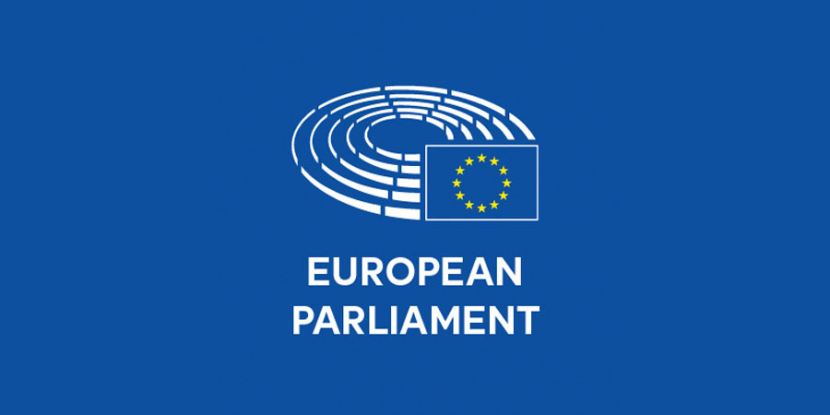The European Parliament has approved the gradual introduction of electronic border controls. If European Union (EU) Member States approve the plans, implementation could begin in autumn.
The entry-exit system (EES) is an automated control system that will be used to check non-EU nationals entering or leaving the European Union. Upon arrival, travelers will be required to present their passport, provide their date of departure, and undergo fingerprint and facial recognition scanning.
Also Read: Barcelona and Huawei Partner for Smart City Initiatives
The introduction of the system has already been postponed several times, most recently in October last year, as Germany, France, and the Netherlands were not fully prepared.
During the transition period, Member States will continue to manually stamp travel documents. In exceptional circumstances, such as very long queues, they may temporarily suspend the system.
Also Read: Oxford to Integrate Electric Waterway Infrastructure
On the 8th of July, 572 Members of the European Parliament (MEPs) voted in favor of the system, 42 voted against it, and 67 abstained altogether.
“The long-awaited EES will be applied across all 29 Schengen countries and will reinforce the security of the EU’s external borders and help manage migration flows more effectively…
"Parliament has now done its part and ensured that the entry-exit system can be used at the EU's external borders as soon as possible," said rapporteur, Assita Kanko, in a press release.
It is now up to the European Commission (EC) to decide when the system will be implemented. October 2025 has previously been floated as a realistic start date.

